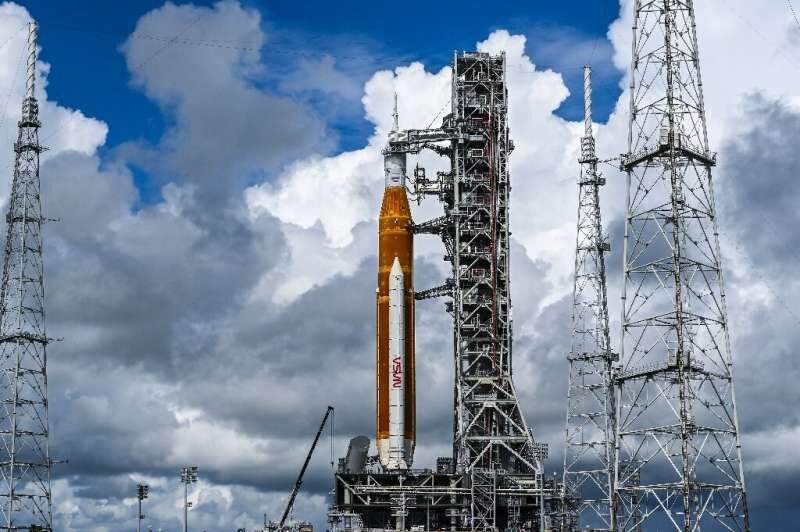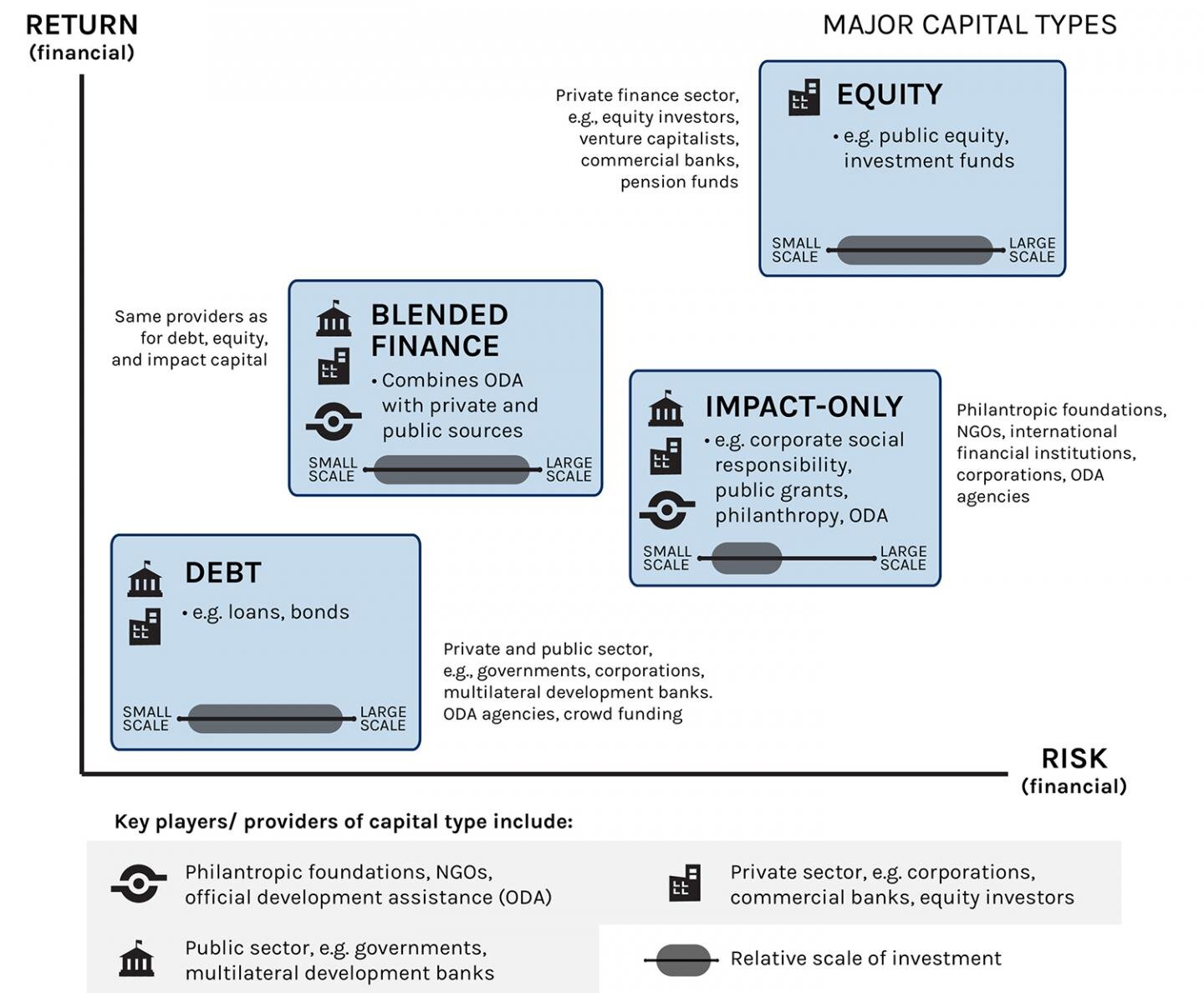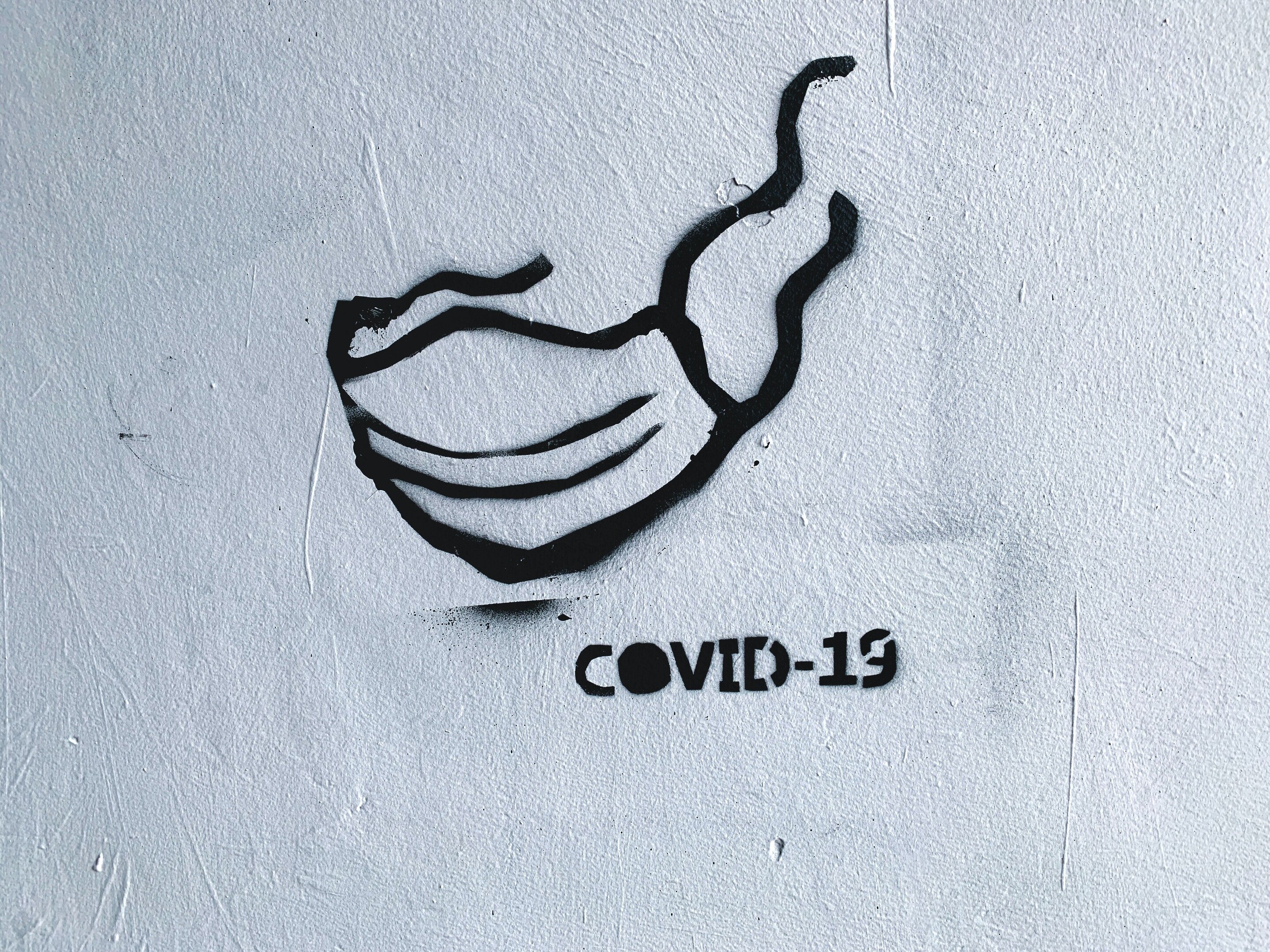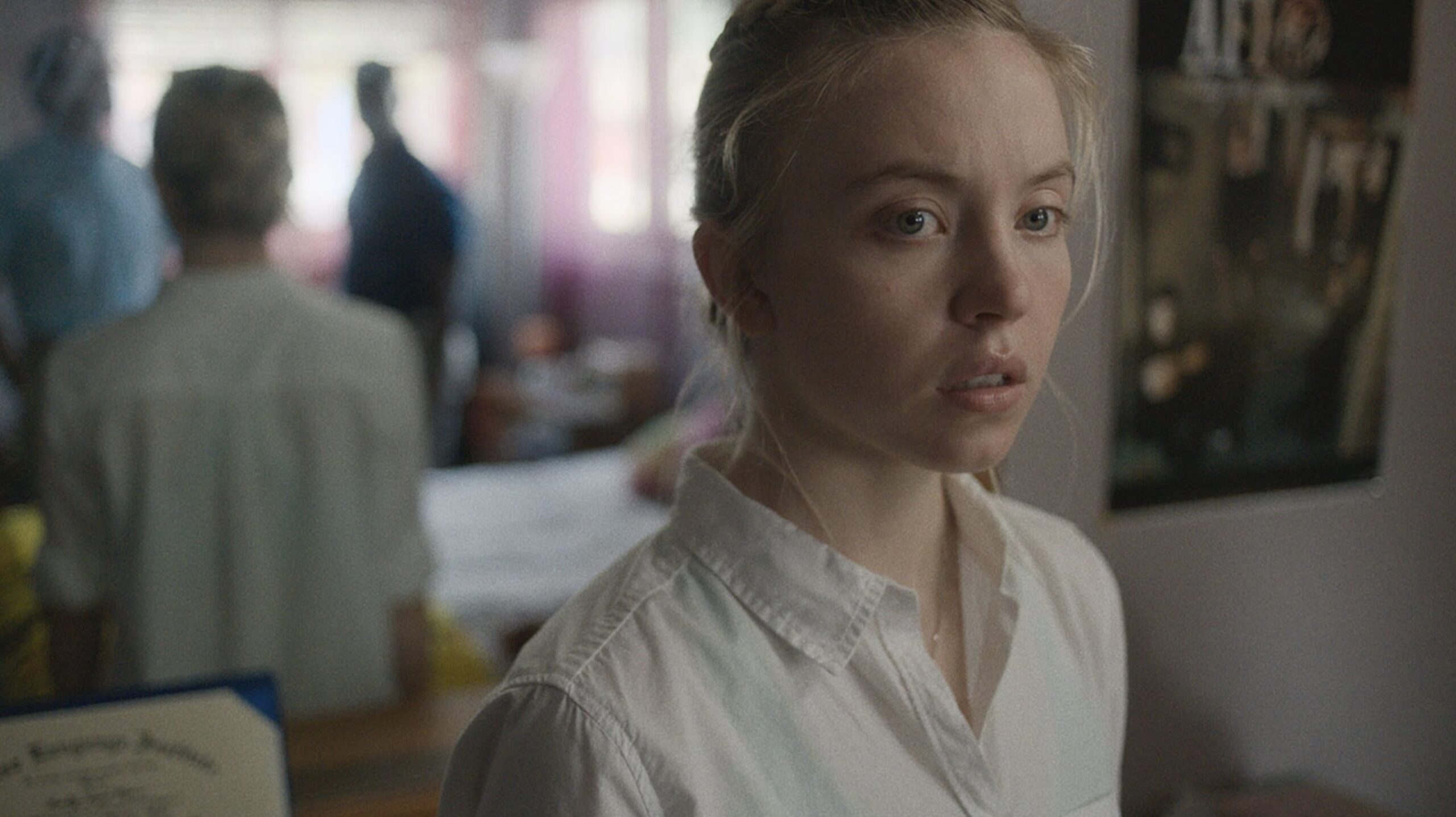#What’s next for Artemis I after 2nd scrub?

Table of Contents
“What’s next for Artemis I after 2nd scrub?”

What went wrong with Artemis I was on the launch pad at Kennedy Space Center, so that’s where NASA has decided to try and fix it.
On Tuesday, mission managers announced they would hold off rolling back to the Vehicle Assembly Building the 5.75 million-pound, 322-foot-tall combination of the Space Launch System rocket, Orion capsule and mobile launcher.
Instead, they will stay at Launch Pad 39-B to work on the source of the Saturday’s scrub, which was the second scrub of NASA’s attempt to send the uncrewed Artemis I on a multiweek mission to the moon. It’s the first step in its eventual plans to return humans, including the first woman, to the lunar surface for the first time since 1972.
The most recent issue in the $4.1 billion rocket was yet another cryogenic liquid hydrogen leak on a fuel feed line that runs from the mobile launcher into the core stage of the SLS. Similar issues plagued wet dress rehearsals in April and June as well as the first launch attempt. NASA has decided to replace the seal on the connector, called the quick disconnect, at the launch pad.
The decision isn’t simple as it requires the setup of an enclosure around the work area to make sure environmental conditions don’t damage the hardware. If NASA had rolled back to the VAB, the same work would have been done, but in a more controlled work environment.
But NASA can’t test the fix at the VAB. It can only do cryogenic fuel loading at the pad, and since that’s what ultimately thwarted the last launch attempt, NASA opted for the launch pad fix.
“Performing the work at the pad also allows teams to gather as much data as possible to understand the cause of the issue,” reads an update on the NASA website.
In addition, NASA teams will check for potential leaks on the other six main umbilical lines running into the SLS. Before launch, the core stage has to be filled with 537,000 gallons of liquid hydrogen and 196,000 gallons of liquid oxygen to help fuel the four RS-25 engines at the base of the core stage that along with two solid rocket boosters will give SLS 8.8 million pounds of thrust on liftoff. That would make SLS the most powerful rocket to have ever lifted off from Earth.
The scrub forced NASA to miss this window for a launch, which ended Tuesday. The next window runs from Sept. 19-Oct. 4, but there are a couple of hurdles to making that window.
The biggest is a current agreement NASA has with Space Launch Delta 45, which runs the Eastern Range, which has only given Artemis I a 25-day window before the batteries on its self-destruct mechanism called the flight termination system, has to be checked. They can only be checked and potentially recharged at the VAB.
That constraint would force NASA to have to roll back, which would take several weeks before a return to the pad. NASA may want to do that in any case after the launch pad fixes to “perform additional work that does not require use of the cryogenic facilities available only at the pad,” according to the NASA post.
A second issue is the upcoming Crew-5 mission slated to send four passengers up to the International Space Station in a SpaceX Crew Dragon atop a Falcon 9 rocket to launch from nearby Launch Pad 39-A. NASA officials said they won’t attempt any launch that would delay the Crew-5 mission, which is slated to fly no earlier than Oct. 3.
Managers did discuss the possibility of asking for clearance from the Eastern Range to remain at the pad beyond the 25 day limit in place, and if work on the launch pad can be completed quickly, there could be an opportunity still to aim for a launch in the front end of the September window.
“Let’s remember we’re not going to launch until it’s right,” said NASA Administrator Bill Nelson at a post-scrub press conference Saturday. “That is standard operating procedure and will continue to be.”
That could mean waiting until windows that run Oct. 17-31, Nov. 12-27 and Dec. 9-23. Each window has only certain days during which the Earth and moon are in the right position for the mission.
A rollback, though, can also be a challenge, said NASA’s SLS program manager John Honeycutt.
“The big thing we want to avoid is is rollbacks to the VAB,” he said last week ahead of the scrub. “Those are the things that (SLS chief engineer John Blevins) has told me put more stress on the vehicle than anything else.”
Honeycutt, though, said the capacity to roll back was not out of the question.
“We’ve still got rolls left in the vehicle but we want to watch that and manage it,” he said.
He also said there are plenty of opportunities left to load and unload cryogenic fuel to the tank, something it has now endured several times with the two launch attempts. several wet dress rehearsals earlier this year as well as hot fire tests in 2021.
“I know we’re well into the double-digits home for additional tank cycles,” he said. “As far as worrying about things with the rocket sitting on the pad, there are probably more little things like seeing cracking, cracks in the (thermal protection system foam) that we have to go analyze to clear.”
The first launch scrub on Aug. 29 came after a smaller liquid hydrogen leak on a different line took several hours to work through, and then a malfunctioning sensor that misread the temperatures of the engine.
NASA’s Jim Free, associate administrator for the Exploration Systems Development Mission Directorate, said the second attempt was not taken lightly, and managers had confidence that they would not encounter the same issues. In the end the scrub was the right call, reminding people this is a test flight.
“We talked about this mission being risky,” he said. “But we’re going to take the risks that makes sense, the risk that we know that have already pushed the vehicle and the system as far as it will when we launch, and be ready to go at that time.”
NASA Artemis I moon rocket rolls back to Kennedy Space Center launch pad
2022 Orlando Sentinel
Distributed by Tribune Content Agency, LLC.
Citation:
What’s next for Artemis I after 2nd scrub? (2022, September 7)
retrieved 7 September 2022
from https://phys.org/news/2022-09-artemis-2nd.html
This document is subject to copyright. Apart from any fair dealing for the purpose of private study or research, no
part may be reproduced without the written permission. The content is provided for information purposes only.
If you liked the article, do not forget to share it with your friends. Follow us on Google News too, click on the star and choose us from your favorites.
For forums sites go to Forum.BuradaBiliyorum.Com
If you want to read more Like this articles, you can visit our Science category.



